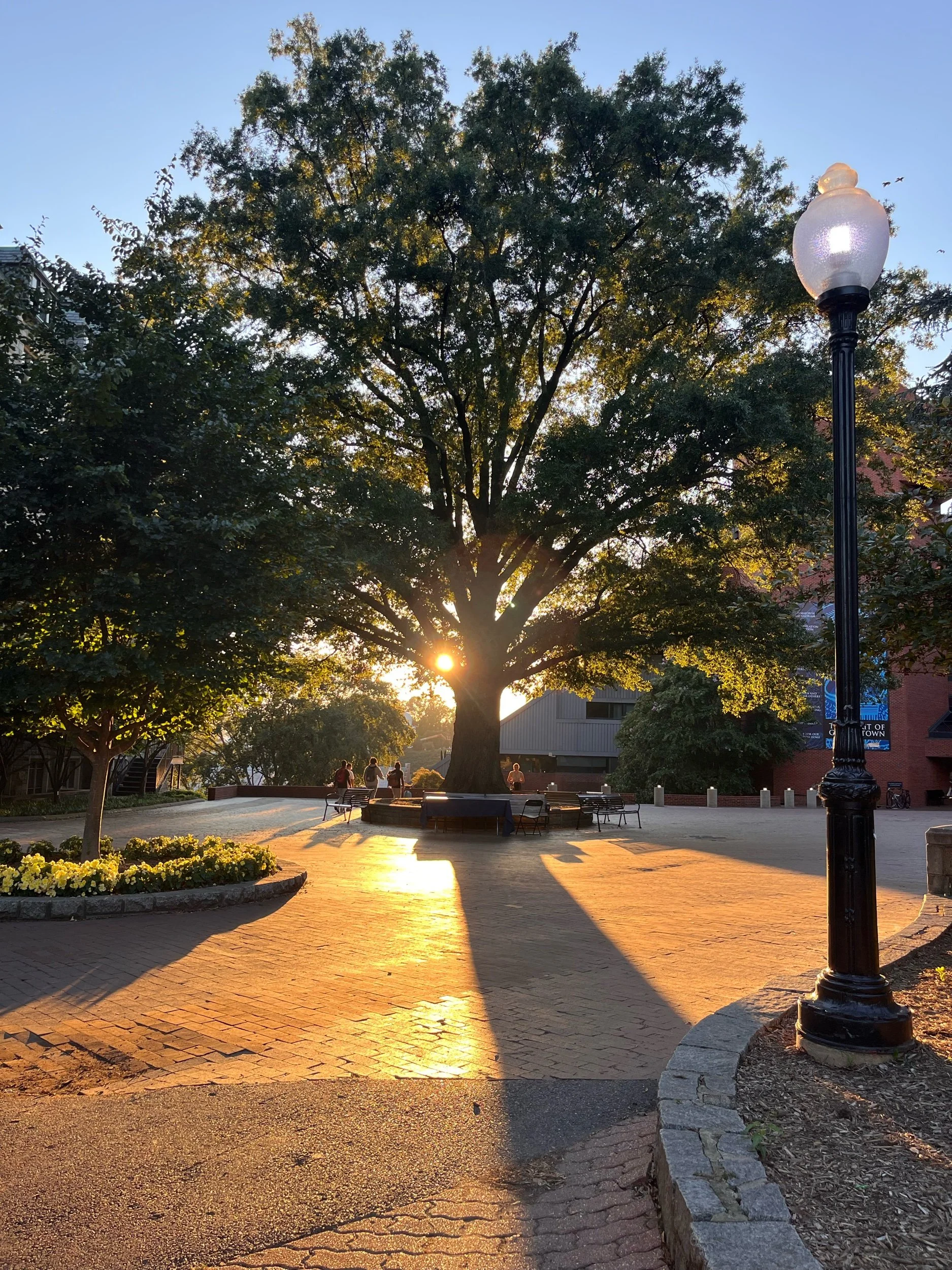UMBC’s polls is built on a tub of assumptions that include the idea that our state’s marginalized communities would willingly participate in a web-to-text poll.
Earlier this week, the UMBC Institute of Politics released a poll claiming that Maryland Governor Wes Moore enjoys a 52% approval rating among Marylanders. But as someone who attended UMBC for undergrad and now studies democracy and governance at Georgetown, I know a thing or two about polling methodologies, and this one is very flawed.
At best, the UMBC Poll presents an incomplete snapshot of public opinion; at worst, it paints a misleadingly rosy picture of Moore’s standing among Maryland voters. A closer look at its methodology and sampling bias reveals why we should be deeply skeptical of its conclusions.
1. The Poll Likely Oversampled Establishment-Linked Voters in Key Counties
The geographic distribution of respondents raises red flags. The poll sampled a fair proportion from Montgomery County (17%) and Prince George’s County (15%), which are home to large numbers of political insiders, and Maryland establishment-aligned interest groups. The Moore-Miller administration has pulled heavily from Montgomery County's legislative lineup in particular to fill senior ranks in the administration. Many of these appointments have been seen as pay-for-play.
However, these two counties are far from monolithic. Montgomery County’s UpCounty region is majority-minority and heavily immigrant, yet it routinely experiences voter turnout below 25% in Democratic primaries. These residents—many of whom have experienced government repression in their home countries—tend to be more skeptical of government agendas and unlikely to engage in web-to-text polling. Moreover, Scientific American published an insightful article in October 2024 that highlighted that American election polling has become significantly less reliable.
Yet, the poll does not adjust for the low primary turnout rates in these communities or their historical distrust of establishment-backed politicians like Moore. This self-selection bias likely tilts the sample in favor of white, establishment-linked respondents while sidelining a more representative cross-section of Maryland’s electorate.
Source: Montgomery County Board of Elections Turnout Data
2. Self-Selection Bias Favors Pro-Governor Respondents
The mode of data collection is another major issue. The UMBC Poll used a mix of live-interviewer phone calls (17%) and text-to-web responses (56%), a format that skews toward politically engaged, higher-trusting, and establishment-aligned respondents.
Why does this matter? Immigrant-heavy communities, particularly in UpCounty Montgomery and many parts of Prince George’s, have long histories of over-policing, government surveillance, and political repression. As a result, residents in these communities are likely to be wary of responding to government-adjacent surveys—especially through traceable digital platforms like text-to-web, which was highly relied upon by the pollsters.
This creates a massive self-selection bias, where the respondents most likely to trust government and approve of Moore are overrepresented, while those more skeptical or disengaged are effectively excluded.
Source: Pew Research on Digital Polling Bias
3. The Question Order and Wording Skew Responses
Even before considering the sample issues, the way the survey questions were asked could have inflated Moore’s approval rating.
The poll asked whether respondents approve of how Moore is handling his job—but without specifying what aspects of his governance were being evaluated.
Respondents were not given a neutral option, meaning those who might otherwise say “I don’t know” were forced into an approval/disapproval binary, which inflates approval among disengaged voters.
The only option available to reflect neutrality were “Don’t Know” or “Refused to Answer”. This again suggests an inherent bias by those conducting the poll.
Pollsters often prime respondents by placing approval questions after more neutral or positive framing. Without seeing the full question order, we can’t rule out order effects artificially boosting Moore’s approval.
Source: American Association for Public Opinion Research (AAPOR) on Question Bias
4. The Poll Contradicts Economic Sentiment and Misrepresents Working-Class Voters
Perhaps the biggest reason to question Moore’s supposed 52% approval is that it doesn’t align with economic sentiment in the same poll:
67% of Marylanders say the economy is poor or fair.
49% say the state is on the wrong track, compared to just 42% who say it’s moving in the right direction.
The majority of respondents earn over $75,000, with 32% making over $125,000. Lower-income voters—who are most impacted by economic downturns and tend to be more skeptical of establishment politicians—appear underrepresented in the poll.
If nearly half of Marylanders think the state is heading in the wrong direction, why would a majority approve of the governor’s performance? The answer likely lies in the sampling and response bias discussed earlier. Moore’s real approval rating may be far lower among the broader electorate, particularly among working-class and immigrant communities who feel left behind.
Source: Scientific American on Polling Accuracy
5. The UMBC Poll Is a New and Unproven Operation
The UMBC Institute of Politics only launched its polling operation in August 2024, meaning this is only their second statewide poll.
Their methodologies and sampling techniques are still being refined, and with such a limited track record, it’s difficult to assess their reliability.
This lack of historical polling data makes it hard to determine whether their margins of error and weighting techniques are sound.
Conclusion: A Poll That Misses the Bigger Picture
Polling is only as good as its methodology, and the UMBC Poll fails to capture the full reality of Maryland’s political landscape. By oversampling party loyalist hotzones, underrepresenting skeptical immigrant communities, and relying on a response-biased methodology, the poll creates an illusion of broad support for Wes Moore that likely does not exist.
If UMBC wants to be taken seriously as an institution producing credible political research, it must acknowledge and correct these deep methodological flaws in future polling. Until then, take its 52% approval rating with a tablespoon of salt.





